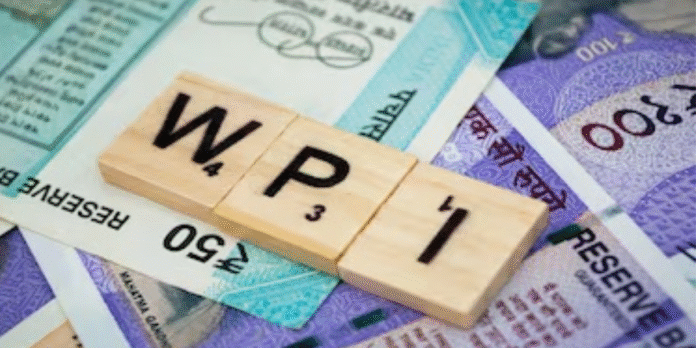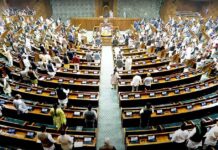India’s wholesale inflation entered the negative zone for the first time in 2025, registering at (-)0.13 per cent in June, driven by a sharp fall in the prices of food and fuel, according to data released by the Ministry of Commerce and Industry on Monday. This marks the seventh consecutive month of decline in WPI-based inflation, which had earlier eased to 0.39 per cent in May, a 14-month low.
The moderation was primarily due to a 0.26 per cent drop in food prices and a 2.68 per cent fall in the cost of fuels like petrol and diesel compared to June last year. According to official data, the decline was also reflected across primary articles, mineral oils, crude petroleum, natural gas, and basic metals.
Industry leaders welcomed the development, with Hemant Jain, President of PHD Chamber of Commerce and Industry (PHDCCI), describing the trend as “encouraging” and a sign of improving macroeconomic fundamentals. Jain highlighted that wholesale inflation had fallen steadily from 2.57 per cent in December 2024 to (-)0.13 per cent in June 2025, bolstering business sentiment and easing operational costs.
“This moderation in prices will help businesses manage costs better and can provide a push to consumption-led growth,” Jain said, adding that rising domestic demand, expectations of a normal monsoon, and strong economic activity are likely to keep inflation in check in the coming months.
The softening of wholesale inflation also aligns with the recent dip in retail inflation. India’s Consumer Price Index (CPI)-based inflation declined to 2.82 per cent in May 2025, its lowest since February 2019.
In response to the easing inflationary trend, the Reserve Bank of India (RBI) revised its inflation outlook for 2025-26 downward from 4 per cent to 3.7 per cent. Governor Sanjay Malhotra noted that inflation had fallen significantly from beyond the upper tolerance band in October 2024 to well below the 4 per cent target in recent months.
This favorable inflation trajectory prompted the RBI to cut the repo rate by 50 basis points, from 6 per cent to 5.5 per cent, in its latest monetary policy review. It also announced a 100 basis point reduction in the Cash Reserve Ratio (CRR), to be implemented in four tranches of 25 basis points each, reducing CRR from 4 per cent to 3 per cent. The move is expected to inject around ₹2.5 lakh crore into the banking system, improving liquidity and supporting credit flow.
Economists suggest the deflationary trend may persist in the near term. Rahul Agrawal, Senior Economist at ICRA, pointed out that while food prices tend to rise seasonally in July, the uptick so far has been modest. “Unless vegetable prices see a sudden surge, food inflation may continue to remain in the deflationary zone,” he said.
Agrawal also cited stable international crude oil prices and a steady rupee-dollar exchange rate as factors likely to maintain downward pressure on inflation. “We expect the headline WPI to remain in deflation in July 2025 as well,” he added.
The last time WPI inflation had entered negative territory was in April 2023. A similar situation was observed in July 2020 during the early stages of the COVID-19 pandemic.





